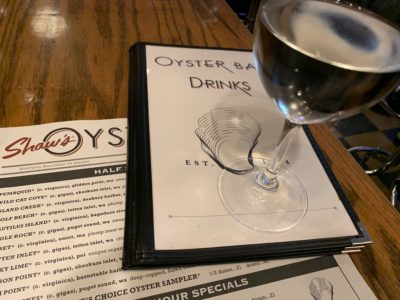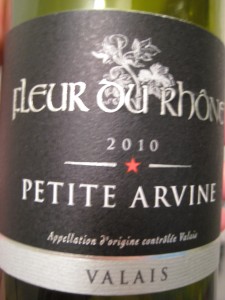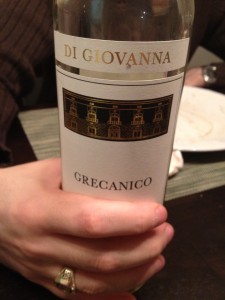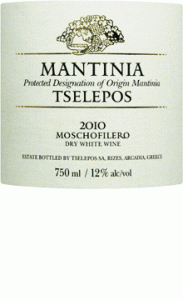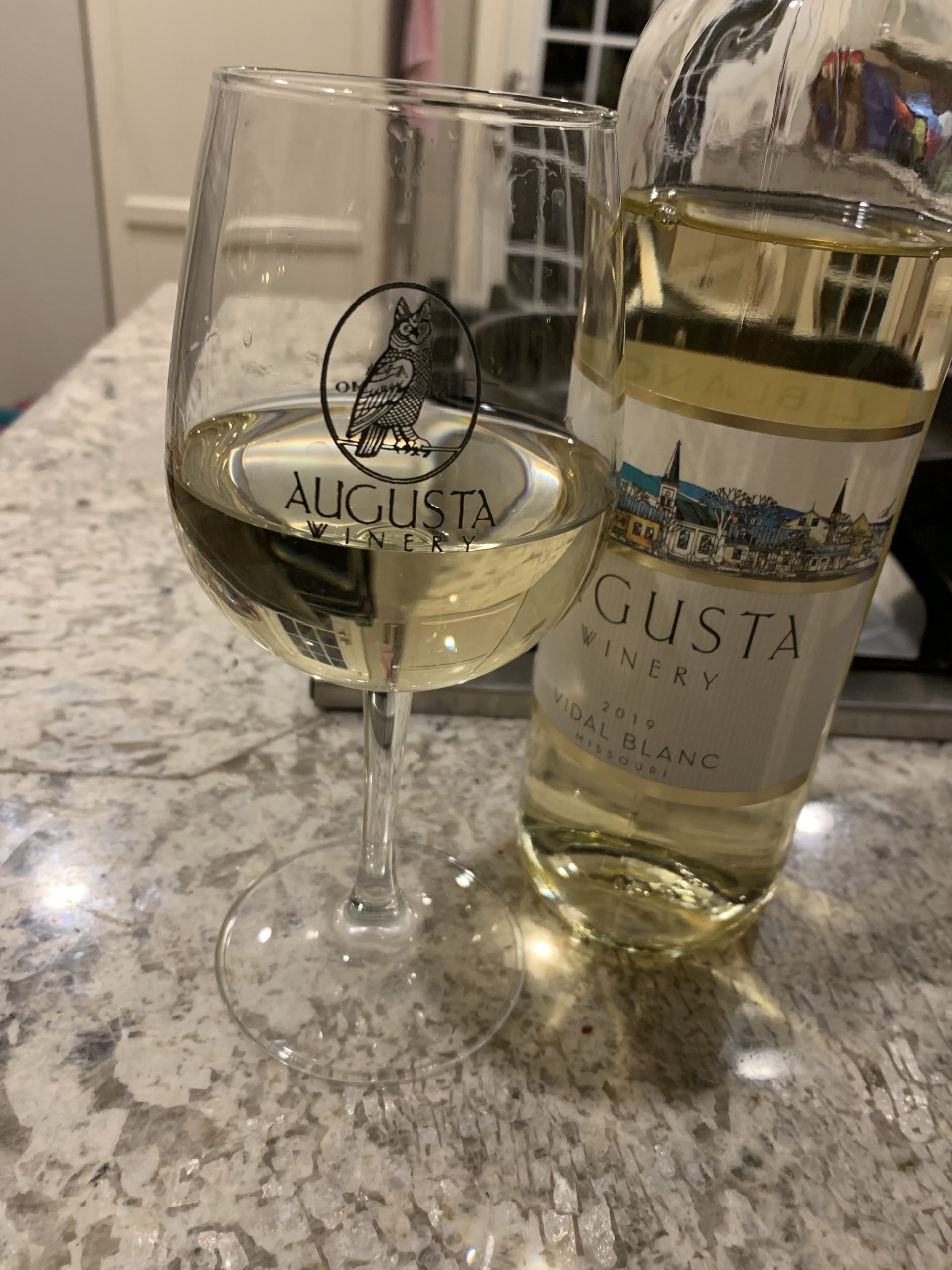
Ice Wine in Canada
Vidal Blanc is the grape responsible for the unique and glorious ice wine Inniskillin, one of the exceptional dessert wines in the world and a wine that makes it impossible to overlook Canada on the list of countries producing terrific wines. Inniskillin is also a short 20 minute drive from Niagara Falls, one of the nicer tourist stops in an area overrun with tchotchkes and establishment hawkers.
Vidal Blanc is the undisputed grape leader of ice wine production in North America, although Riesling is a close second in my book. Other grapes that also make ice wine include Gewurztraminer and Gruner Veltliner, along with some Cabernet Franc in Ontario too.
Ice wine processes
Ice wine is a phrase that tends to cover over a host of wines and at least a couple production methods. At its best, it is grapes picked while frozen (often by hand) and squeezed lightly to extract only the sweetest of the grape juice. Similar to EVOO when considering the light and first press of olives.
More typically, ice wine is made by wineries freezing their grapes and then pressing them while frozen (a process known as cryoextraction). Hard to know which of the two processes is used when buying wine in the US, although the ice wines from Ontario and Germany that I have bought and then googled seem to follow the more natural process than the wines from the colder parts of the US.
Vidal outside the ice box
Vidal rightly gains fame for its ice wine prowess in Canada and some parts of the US. But I actually found the non-ice Vidal Blanc wine in Missouri to be quite refreshing and more nuanced than expected.
August Winery has a whole suite of different hybrid wines (wines that combine American and European grape parents) on their menu, and the Vidal Blanc stood out to me for matching with lighter food and even salads – a decidedly difficult dish to pair wine with.
Taste
Pear and white peach smell
Round mouthfeel like viognier but with more acidity
Acidity more pronounced on long finish that loses a lot of roundness which turns to stickiness similar to the texture your mouth feels after you have eaten a peach on a hot day and are licking your fingers
Eaten with a caesar salad when considering adding anchovy paste on the last night in our house in St Louis before going to our friends’ house for a week of indoor camping in winter
Random Googles
* Vidal is named after Jean Louis Vidal, a French wine grape breeder who combined Italian grape Ugni blanc with a hybrid grape Rayon d’Or (found in limited quantities in Missouri, USA and the Loire Valley in France)
* Missouri Vidal blanc wines apparently have more of full-bodied, buttery mouthfeel than Vidal blanc wines from other parts of North America, which is consistent with our sample size of 1 wine from today’s tasting
* Augusta AVA, site of the Augusta Winery, became the first federally approved American Viticultural Area in the US, followed soon after by the Napa Valley AVA in California
Detail up!
August Winery 2019 Vidal Blanc, Missouri
